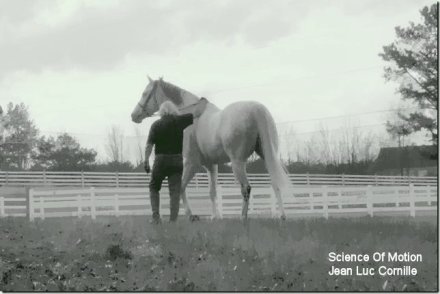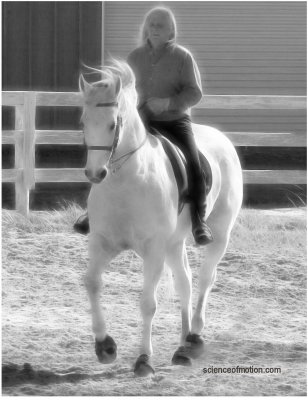Forces On The Equine Back Part 3. Feeling. The short video illustrates the many forces acting on the horse’s back. Some forces are intense, others are light, others are brief. They are the words, the verbs and the sentences of the conversation between the horse and the rider. Riding is essentially dynamics. Riding is an interaction of forces between the horse and the rider. The saddle needs to allow .
“At speed higher than the walk, the amplitude of the axial movements is reduced and difficult to discern with the naked eye. Presumably, the muscular resistance increases, making the vertebral column as nearly rigid as possible in order to resist wasteful sidewise, lateral motion.” (James R. Rooney, Biomechanics of lameness in horses, 1976) Almost fifty years ago, James Rooney aimed the equestrian world in the right direction explaining that .
Macel advertising as it is in line with actual knowledge. A saddle can be used if one or more stitches are not properly tied but the stitches situated above and below the defective ones are submitted to greater stress and failure is predictable. As well, there are 186 synovial articulations in the equine vertebral column. Each vertebrae and associated muscles convert, forward through the thoracolumbar spine, the thrust generated by .
There is a major stability problem with wide tree and thick padding saddles. They fit, eventually, the horse standing still but create major stability problems once the horse is set in motion. During clinics, where I see the dysfunction and ride in all types of saddles, I see horses and riders struggling with serious problem created by the saddles. Curiously, riders get use to these nuisances and even believe .
"Conceived in tradition and perfected with time, Macel Saddles are hand crafted in France and desired globally. Macel's meticulous attention to detail, right down to a single stitch, is their mark of excellence."
Stability is a fundamental element for correctness of the gaits, precision of the performances, and soundness.
“It is through science that we prove, but through intuition that we discover.” (Henri Poincare) In 1968, Philippe Guillot de Suduiraut, former ecuyer of the Cadre Noir de Saumur, intuitively felt that shifting the rider’s weight, as was taught at the school, was not in line with actual functioning of the equine back. Saddles were designed for the driving seat, high cantle and thick padding. They were based on .






